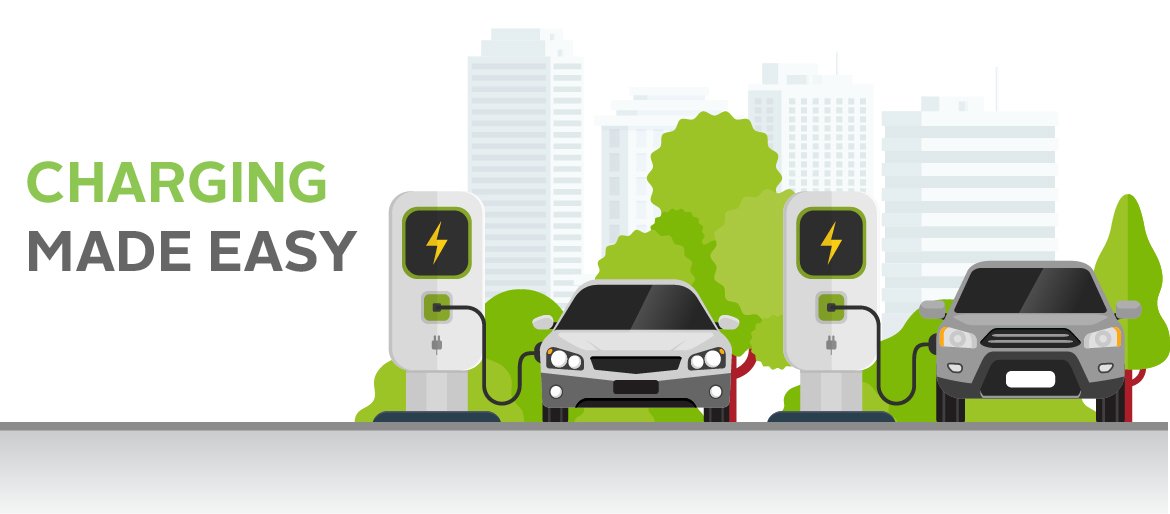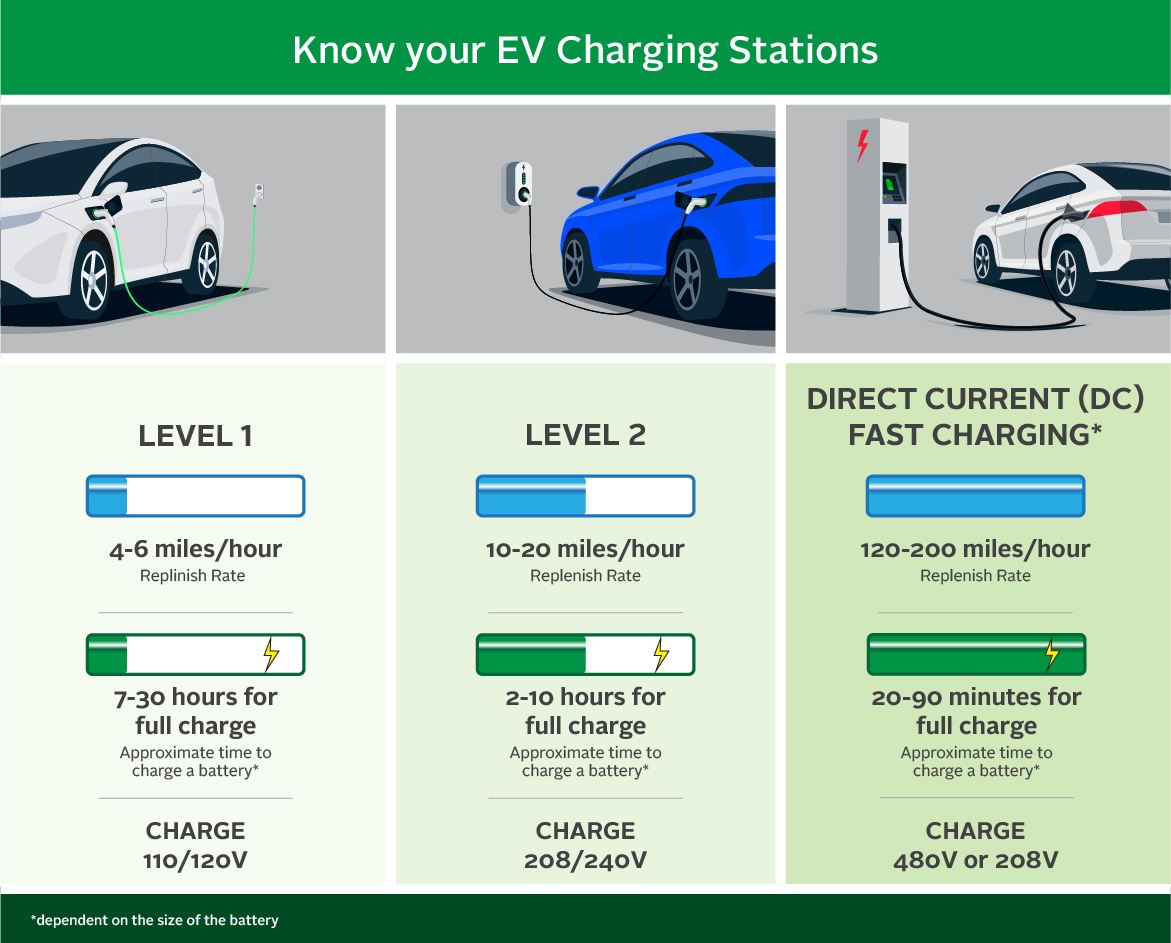
The future of transportation is electric, and charging stations are powering the transition
Post filed in: Climate
The federal government’s efforts to combat the climate crisis run through GSA, where federal agencies can acquire green products, services and solutions to lead by example to reduce our carbon footprint. The federal fleet, which includes more than 450,000 official government vehicles (non tactical excluding Postal Service), serves vital functions throughout government. These vehicles help protect our forests, prevent illegal fishing, promote public health, secure our borders and ensure the safety of our people, among many other important missions. The federal fleet is part of the transportation sector which contributes to over 29% of total U.S. greenhouse gas emissions.
The White House’s Electric Vehicle Charging Action Plan is the largest-ever U.S. investment in electric vehicle charging, and a major step in how the U.S. is addressing climate change. The recent Executive Order 14057 “Catalyzing Clean Energy Industries and Jobs Through Federal Sustainability,” calls on federal agencies to take steps towards 100% electrification of light duty vehicle acquisitions by 2027 and 100% of all federal fleet acquisitions by 2035.
The commitment to building the nation’s electric vehicle infrastructure network will modernize the way we use transportation. GSA is at the forefront of this effort through our work with electrifying the federal fleet. Our role at GSA is to support our federal agency partners through the lease or purchase of vehicles that will help them meet their missions and sustainability goals.
GSA is working to provide a full spectrum of infrastructure solutions to make planning, acquisition, installation, and maintenance of zero-emission and electric vehicle infrastructure as seamless as possible. We recently issued a government-wide solicitation for electric vehicle supply equipment — also known as charging stations — along with consulting and ancillary services. This solicitation will provide opportunities for small businesses.
Key things to know
Zero emission vehicles include:
- Battery electric (BEV) and fuel cell electric vehicles, which use electricity to power the electric motor, and
- Plug-in hybrid electric vehicles (PHEVs), which use both gasoline and electricity to propel the vehicle.
There are three common levels of charging stations for zero-emission vehicles: Level 1, Level 2, and Direct Current (DC) Fast Charging.

Not all ZEVs have DC Fast charging capability, and very few PHEVs can charge with DC Fast Chargers.
Charging stations can use energy from the power grid, energy stored in batteries, or energy from off-grid sources such as solar energy. Charge times vary based on the vehicle’s battery capacity and the specific station capabilities.
Agencies should select charging stations based on the anticipated usage and considering factors such as:
- Type and number of vehicle(s) to be charged (battery electric or plug-in hybrid electric)
- The vehicle’s projected usage and mission
- The site’s electrical capacity and layout
- The charging stations desired location, parking lot versus garage
Level 2 and DC Fast Charging stations that are connected to a data network allow station owners to collect energy usage data and other important metrics about use at the station. Telematics devices can also provide mileage tracking and energy usage data at the vehicle level and assist with federal reporting requirements. Further, agencies may use telematics data to conduct ZEV suitability analysis for non-ZEVs. Vehicles leased from GSA Fleet can take advantage of GSA’s Telematics Program for these ZEV benefits.
To learn more about our zero-emission vehicle options for the federal fleet, visit www.gsa.gov/afv.
To learn more about our EVSE options for the federal fleet, visit www.gsa.gov/evse.

 U.S. General Services Administration
U.S. General Services Administration
